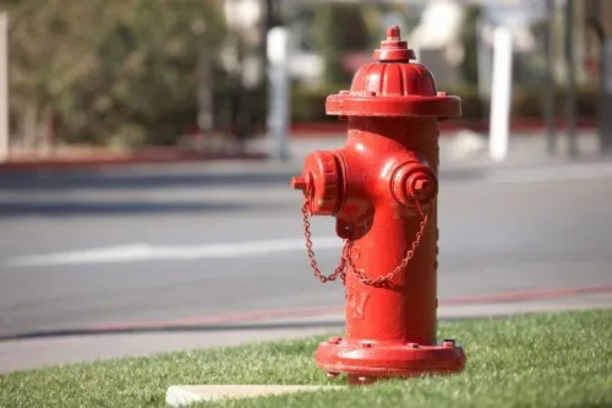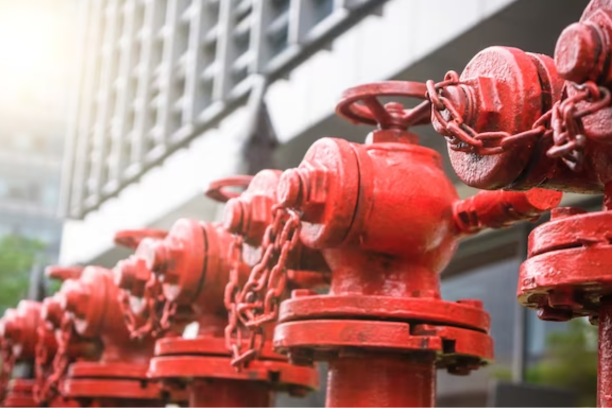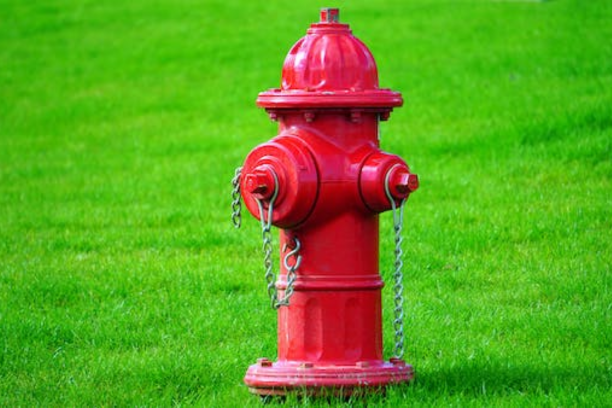
Fire hydrants are critical components of fire protection systems, providing a reliable and immediate water supply for firefighting operations. Proper maintenance is essential to ensure the functionality and reliability of fire hydrants when emergencies strike. In this blog, we will discuss the best maintenance practices for fire hydrants to ensure they remain in optimal working condition and continue to protect lives and property effectively.

1. Regular Inspections
Regular inspections are the foundation of effective fire hydrant maintenance. Fire hydrants should be inspected at least twice a year, with additional checks during extreme weather conditions. These inspections should be performed by qualified personnel who can identify potential issues and take corrective actions promptly.
2. Flow Testing
Flow testing is a crucial aspect of fire hydrant maintenance. It involves measuring the flow and pressure of water from the hydrant to ensure that it meets the required levels. Flow testing helps identify any obstructions or deteriorations within the hydrant or water supply lines, enabling necessary repairs or adjustments.
3. Lubrication and Operation
Fire hydrant parts, such as the operating nut and valve stems, should be lubricated regularly to ensure smooth operation. Lubrication prevents rusting and eases movement during usage, making it easier for firefighters to operate the hydrants during emergencies.
4. Clearing Obstructions
Fire hydrants should always be kept clear of any obstructions. Vegetation, debris, or other objects should not be allowed to block access to hydrants. Firefighters need quick and unimpeded access to hydrants during critical situations, making clearance a crucial maintenance practice.
5. Painting and Visibility
Proper painting and reflective markings on fire hydrants are essential for their visibility, especially during nighttime emergencies. This ensures that firefighters can quickly locate hydrants and connect hoses without delays. Periodic repainting and reflective maintenance help improve the visibility of hydrants.
6. Valve and Gasket Inspections
Valves and gaskets in fire hydrants should be checked for signs of wear and tear during routine inspections. Damaged or deteriorated valves and gaskets should be promptly replaced to maintain the hydrant’s integrity and prevent leaks.
7. Winterizing Hydrants
In regions with freezing temperatures, winterizing fire hydrants is vital to prevent damage from ice formation. This includes draining any residual water from the hydrant’s barrel and ensuring all components are protected against freezing.
8. Keeping Records
Maintaining detailed records of fire hydrant maintenance activities is essential for accountability and compliance with regulations. These records should include inspection dates, test results, maintenance actions taken, and the names of personnel involved.
9. Emergency Repairs
Any damage or malfunction detected during inspections or regular maintenance should be repaired promptly. Emergency repairs ensure that fire hydrants are ready to perform optimally during fire emergencies.

Conclusion
Proper maintenance is crucial for the reliable performance of fire hydrants, which are essential in safeguarding lives and property during fire incidents. Regular inspections, flow testing, lubrication, and clearing obstructions are key maintenance practices to keep hydrants functioning optimally. Additionally, maintaining visibility through painting and reflective markings, inspecting valves and gaskets, and winterizing hydrants in freezing climates are vital steps in ensuring the longevity and effectiveness of fire hydrants. By following these best maintenance practices, municipalities and fire departments can ensure that fire hydrants remain dependable assets in their efforts to protect communities from the devastating effects of fires.



